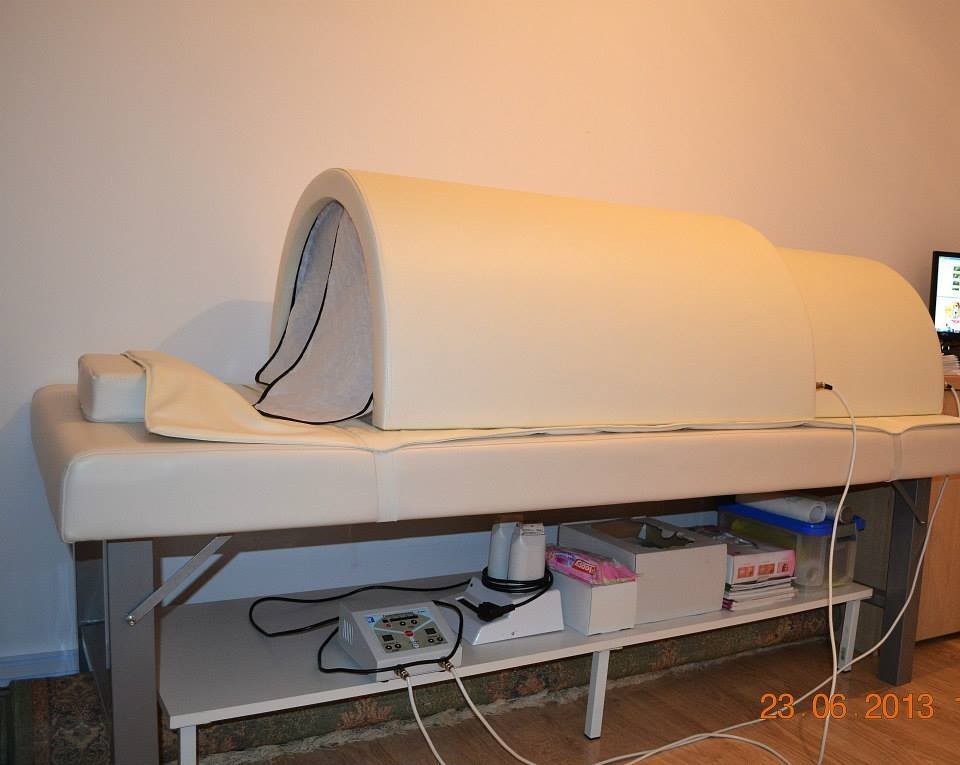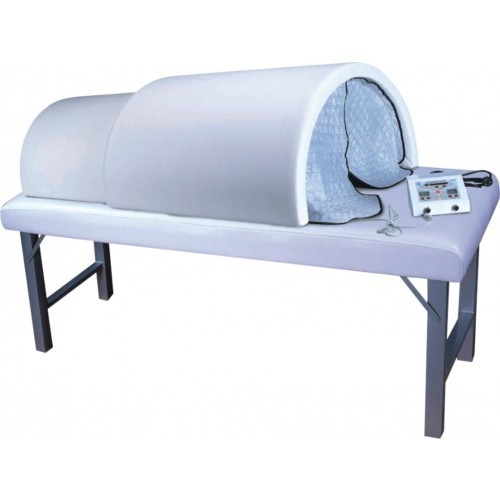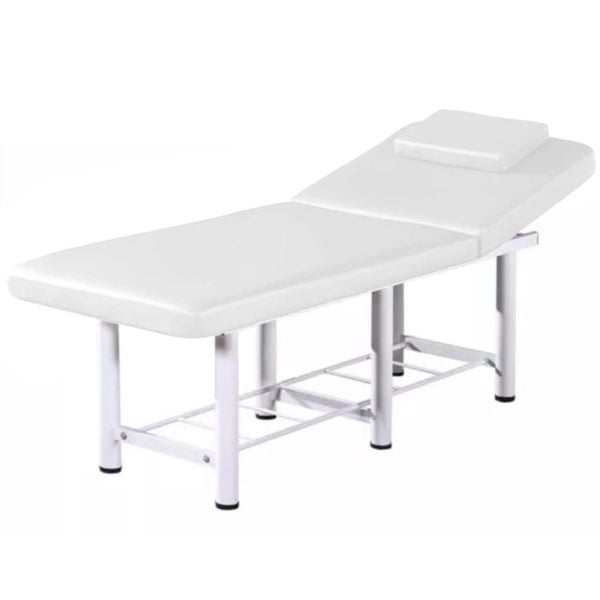
Amazon.com: Outsunny 16' x 10' Carport, Heavy Duty Portable Garage/Storage Tent with Large Zippered Door, Anti-UV PE Canopy Cover for Car, Truck, Boat, Motorcycle, Bike, Garden Tools, Outdoor Work, White : Patio,

Slim & Beauty by MC - TUNEL CU INFRAROSU – RECOMANDARI SI BENEFICII Tunelul cu infrarosu este un tratament modern prin care depozitele de grasime si substantele nocive din organism sunt eliminate

Tunel Sauna cu Infrarosu Profesionala Detoxifiere Organism, Reducere celulita, Slabire in Greutate, Eliminare retentie de Apa, SpaZOOM - Esteto.ro



















